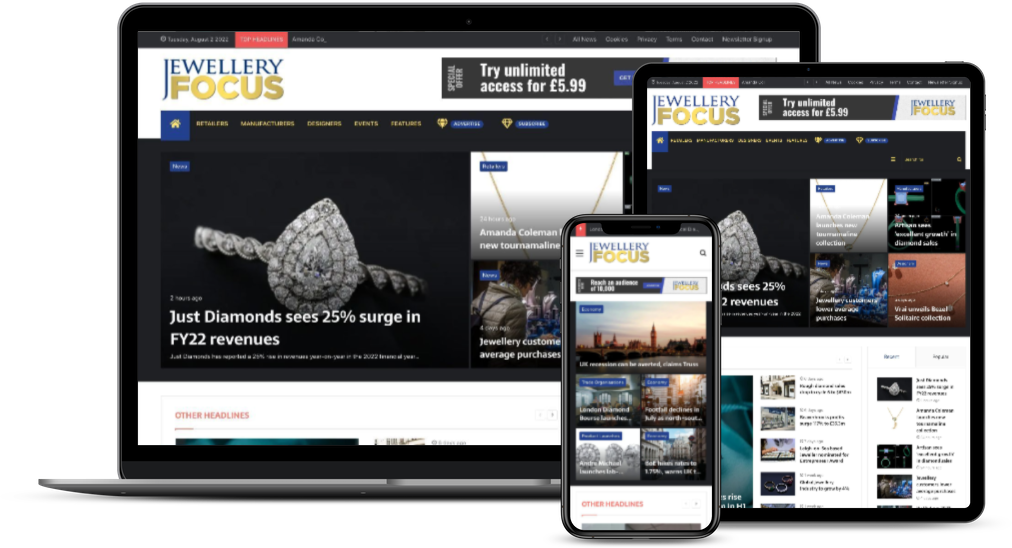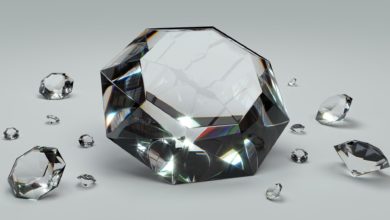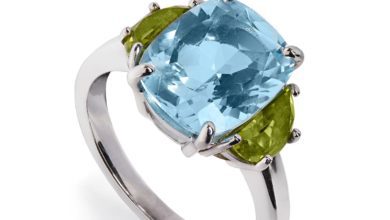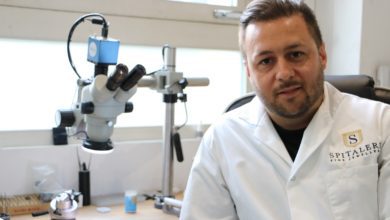Q&A Sessions
Brand Q&A: Anunnaki Jewels
We sit down with Philip Bannister of Anunnaki Jewels to hear more about the business
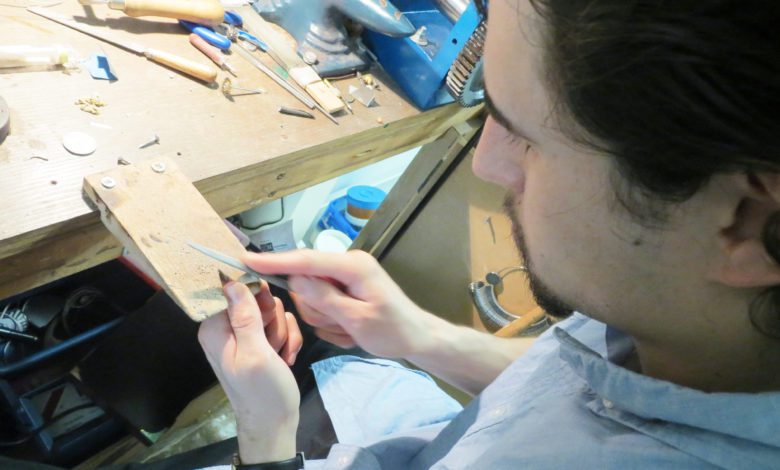
Tell us about yourself and how you got into the jewellery industry.
You'll need to
subscribe to unlock this content. Already subscribed? Login?

